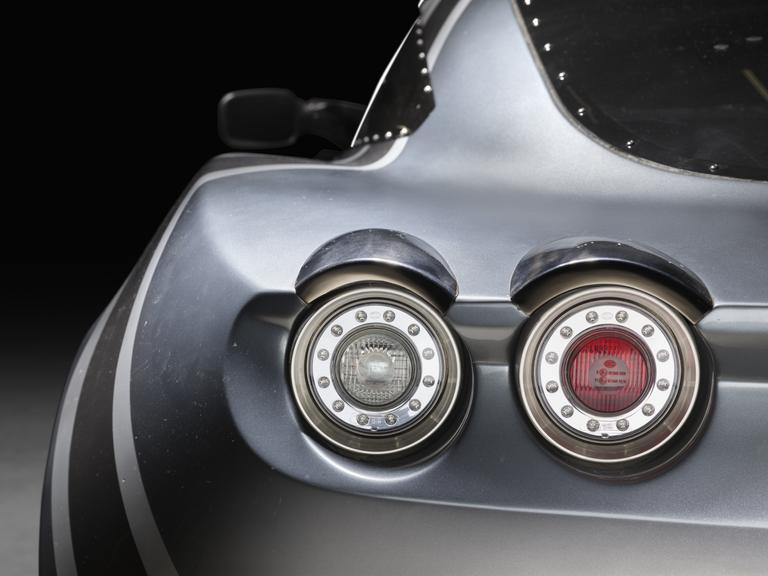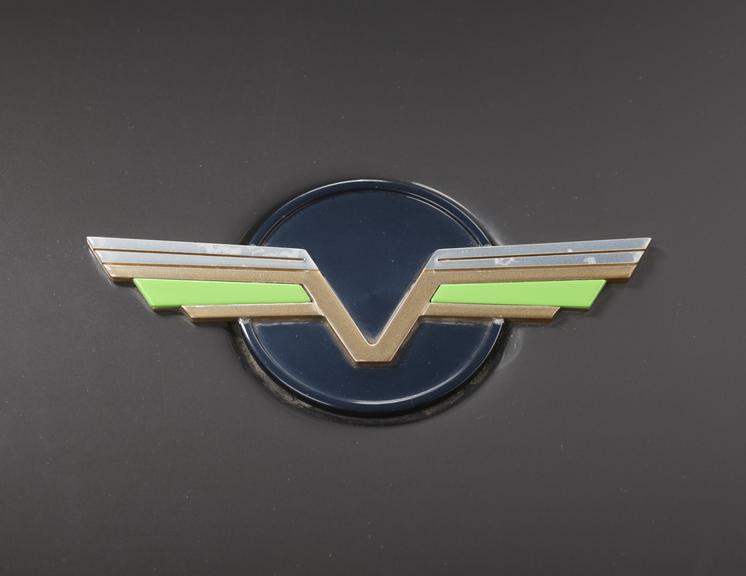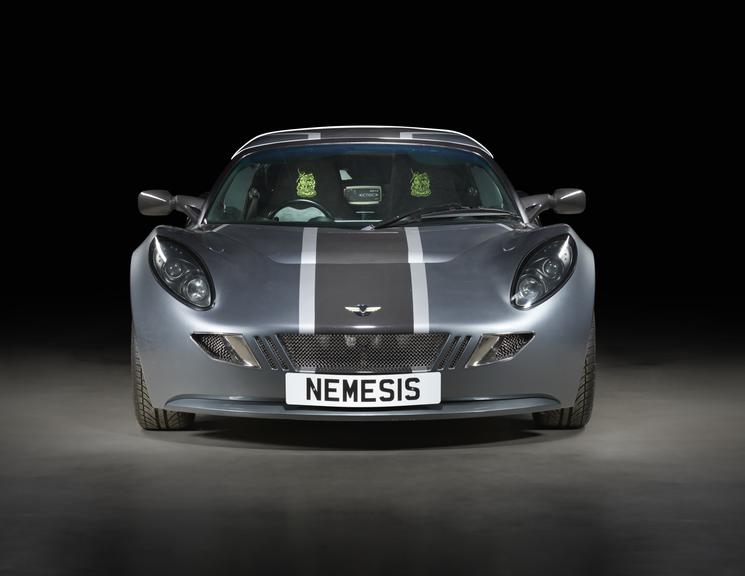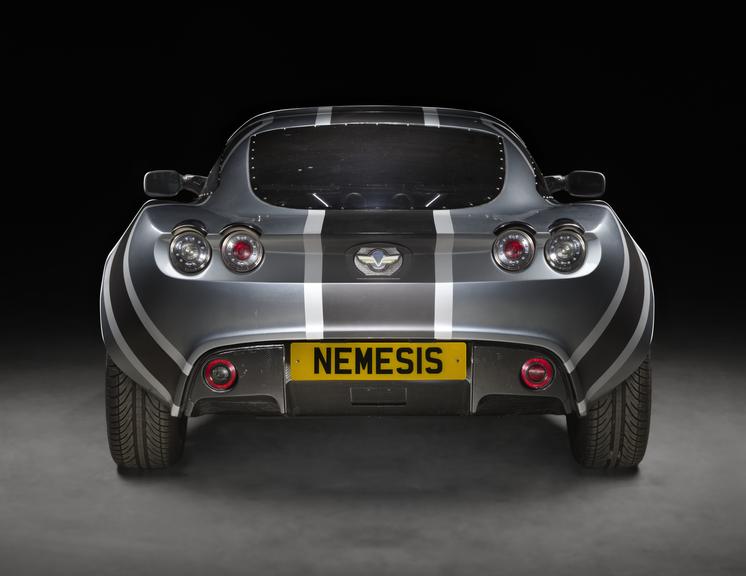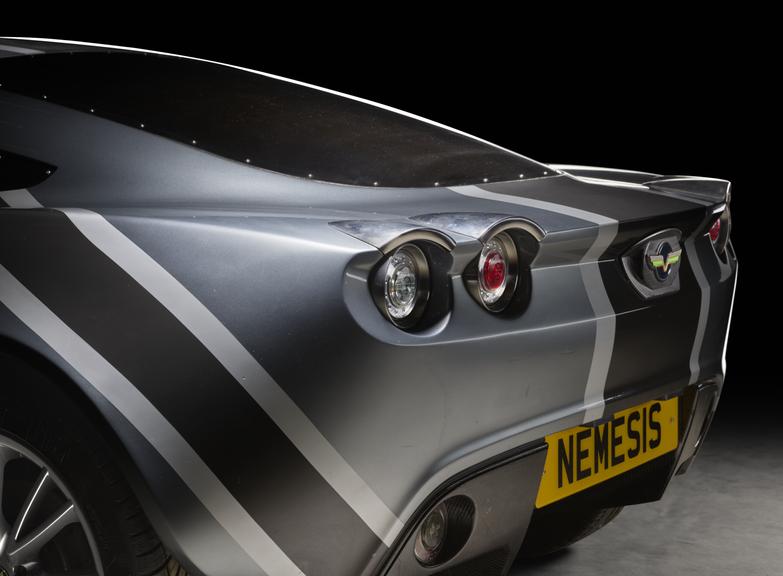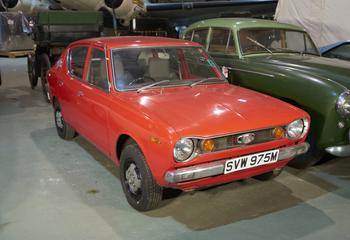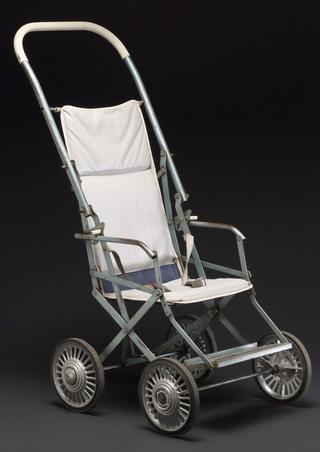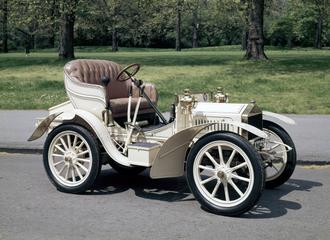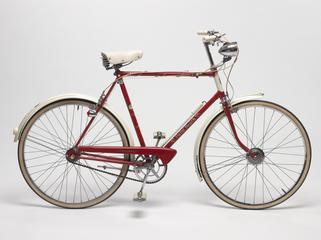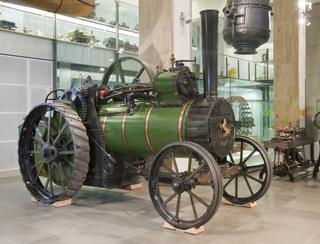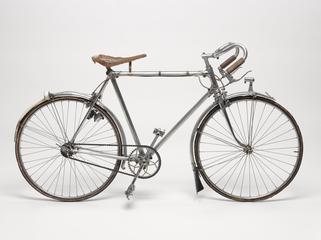Nemesis Electric Supercar, made by Ecotricity, 2008-2010
Nemesis electric supercar, made by Ecotricity, UK, 2008-2010
More
Built between 2008 and 2010, Nemesis was the first all British electric supercar. It was commissioned by Dale Vince, founder of the green energy company Ecotricity, to challenge people’s perceptions of electric cars. In Vince’s words, ‘smash the stereotype of electric cars as something Noddy would drive – slow, boring, not cool’. Part funded by a government grant, Nemesis was predominately a show vehicle and technology demonstrator, entering speed events and displayed at motor shows. In 2012 Nemesis became the fastest electric vehicle in UK, breaking the land speed record for its category with a top speed of 151 mph. The driver was 21-year-old Nick Ponting, who started racing go-karts at the age of 12. Energy stored for the powering of the car came from a network of fifty-three Ecotricity wind turbines from around the UK.
Nemesis is a heavily modified Lotus Exige, the chassis bought second-hand from eBay, with all the conventional mechanicals removed and replaced with a two of 125kw (168bhp) electric motors, belt reduction drives and a 200-kilogram battery pack comprising of ninety-six lithium-ion polymer cells. The air ducts on the original body were removed, as they were not needed for electric propulsion. During rebuilding the Lotus Exige chassis was lengthened and lowered to shift the centre of gravity and improve stability. The car had a range of 240 km (150 mi) on a charge from a 36-kWh battery and could go from 0-100mph in 8.5 seconds. The range was chosen because at the time 99.6% of all car journeys in the UK were less than 100 miles and the idea was to show that electric cars were suitable for everybody. The car could be charged in under two hours using its fast charger or eight to nine hours from a mains supply.
Nemesis was built in Norfolk by a team of motorsports engineers who had previously worked for McLaren, Williams and Lotus and been involved in various iconic vehicles including the McLaren F1 supercar and DeLorean. The team included engineer Jim Router, Peter Stevens who designed the instrumentation and Timothy Bert who was responsible for the battery management system. It took six months to establish the mechanics and a further eighteen months to finalise the electronics. The car cost £750,000 to build, £400,000 of which came from the UK Technology Strategy Board (now Innovate UK), a government grant which supported a range of projects developing eco vehicles.
- Measurements:
-
overall: 1202 mm x 1701 mm x 3816 mm, 1166 kg
- Materials:
- metal (unknown) , plastic (unidentified) , rubber (unidentified) , glass reinforced plastic (grp) , fibreglass , aluminium (metal) , carbon steel and steel (metal)
- Object Number:
- 2022-288/1
- type:
- car












